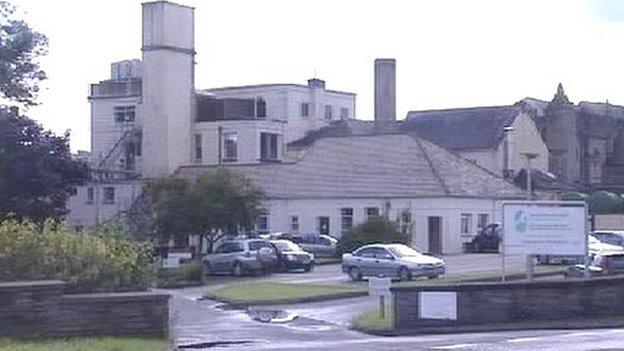Cardigan hospital plans: 'Irreplaceable' history may be lost
- Published
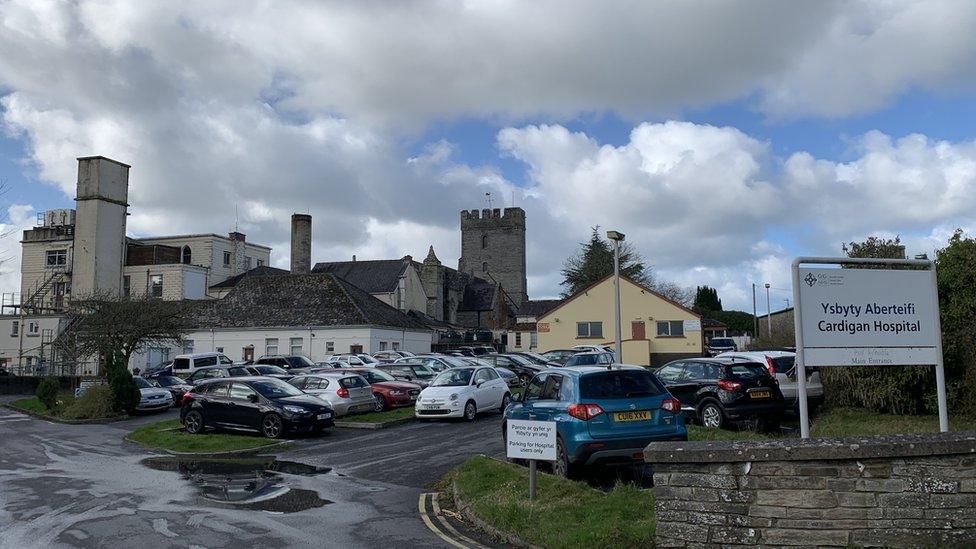
Money from relatives of World War One fallen soldiers was used to pay for the upkeep of the hospital
There are fears "irreplaceable" parts of history could be lost if part of a World War One hospital is demolished.
A housing association wants to turn derelict Cardigan Memorial Hospital, in Ceredigion, into offices and homes for the elderly.
But campaigners say it is an important part of history and must be protected.
Wales and West Housing Association said it was working with the community on plans which are in the "early stages".
An open day is being held on Saturday to discuss the proposals.
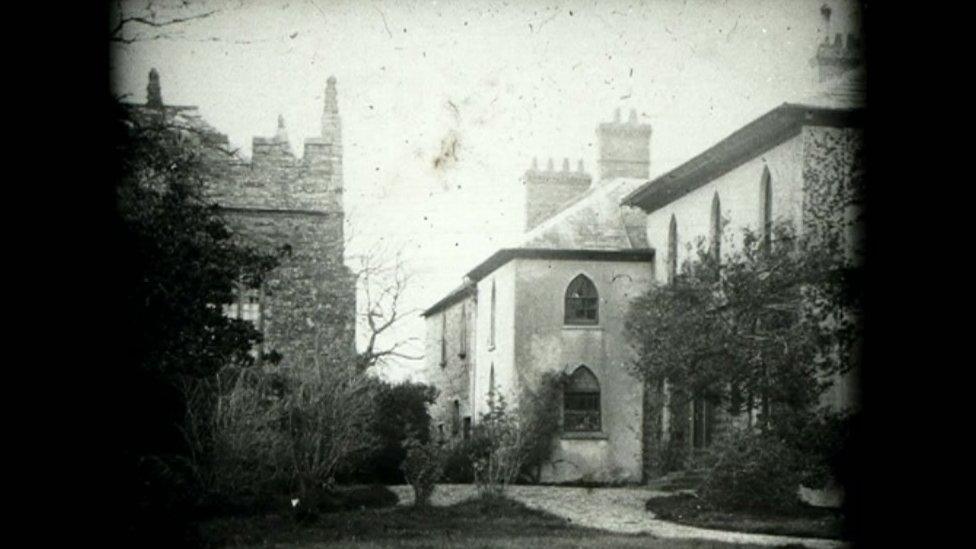
The site stands on a medieval priory and is considered as archeologically significant by local historians
Designed by Buckingham Palace architect John Nash, the building was enlarged and turned into a hospital for returning World War I soldiers in 1922.
It has stood derelict since the last NHS patient was treated in December 2019, when a new £20m integrated care centre was opened.
Now the housing association wants to build offices for its staff and up to 40 eco-friendly homes for elderly people on the site.
But there are concerns that the plans may see part of the building demolished.


Historian Glenn Johnson said the building was one of the first villas designed by John Nash
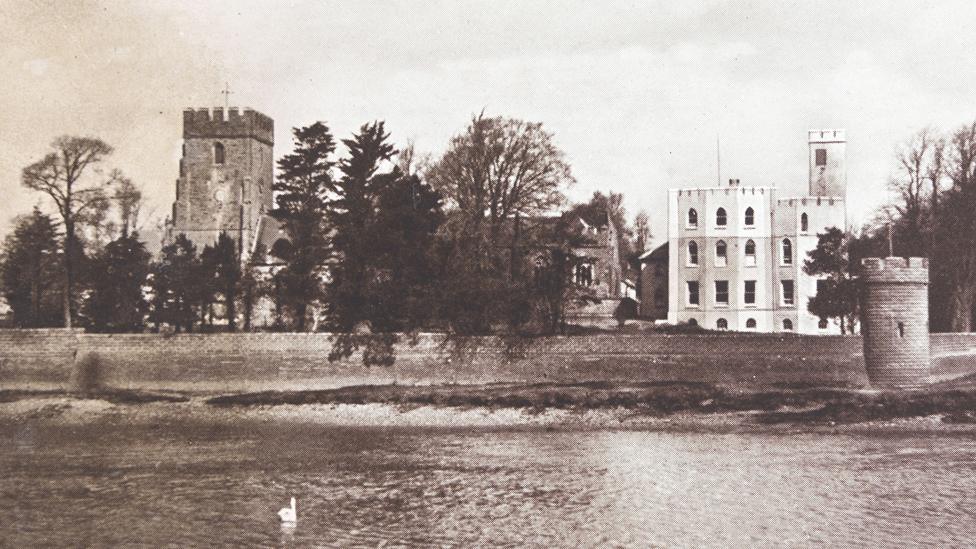
A postcard of Cardigan hospital and church
Built on the site of a medieval priory, Nash designed the large country house, which was enlarged into the hospital.
Used to treat returning soldiers, the Memorial Hospital was opened in July 1922 by the wife of then prime minister David Lloyd George.
At its opening Dame Margaret Lloyd George said: "There could be no more practical object as a memorial to the brave men who lost their lives in the war than a hospital."
Its upkeep was funded by donations from soldiers' relatives.
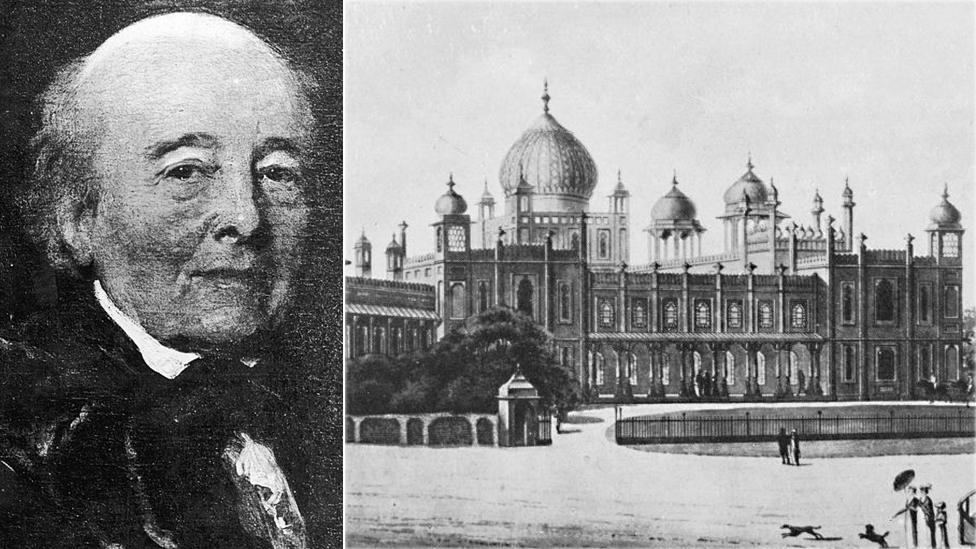
John Nash was responsible for notable 18th Century buildings, including the Royal Pavilion at Brighton
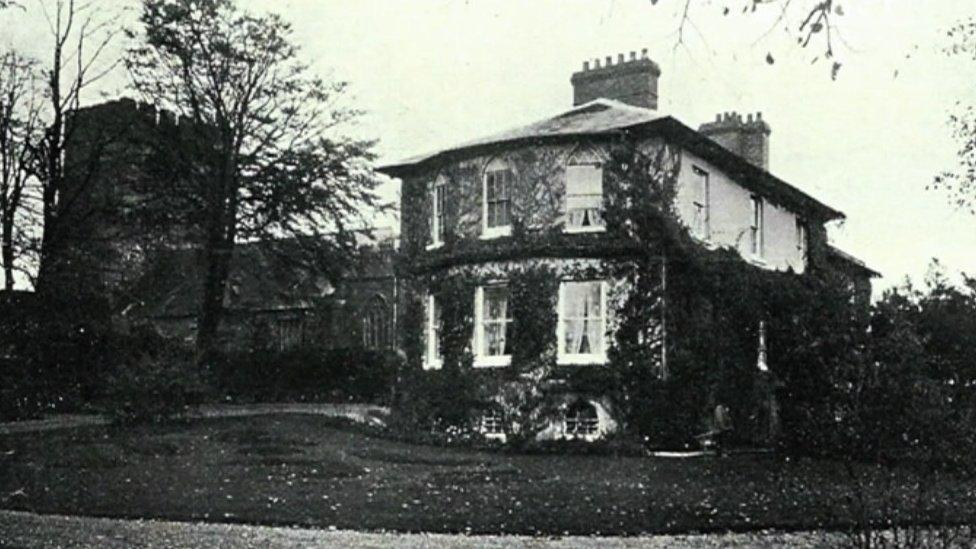
While parts of Nash's house remain within the hospital, it is considered too altered to be a listed building, according to the Royal Commission for Ancient and Historical Monuments of Wales.
Historian Glenn Johnson said it was a "sensitive aetiological site" and must be developed to keep the original architectural features.
"The problem with developing things slipshod is we lose things that are irreplaceable," he said.
"But if you do things in the right way you can get the new development but within that you can retain the Nash features that survive and respect the archaeology, and that doesn't mean great expense or great difficulty."


Features from the Nash villa can still be seen on the building, despite expansion works
Wales and West Housing are hosting a community drop in for residents to talk about the plans for the site.
Ceredigion AM Elin Jones said while many in the community where not against development, they wanted to see the building's historical features protected.
The Plaid Cymru AM said the hospital was a "gateway" into Cardigan and must be retained.
"It's always possible to mix the past with the new in any development, to keep the integrity of the historical aspects and then to develop the new concepts," she said.
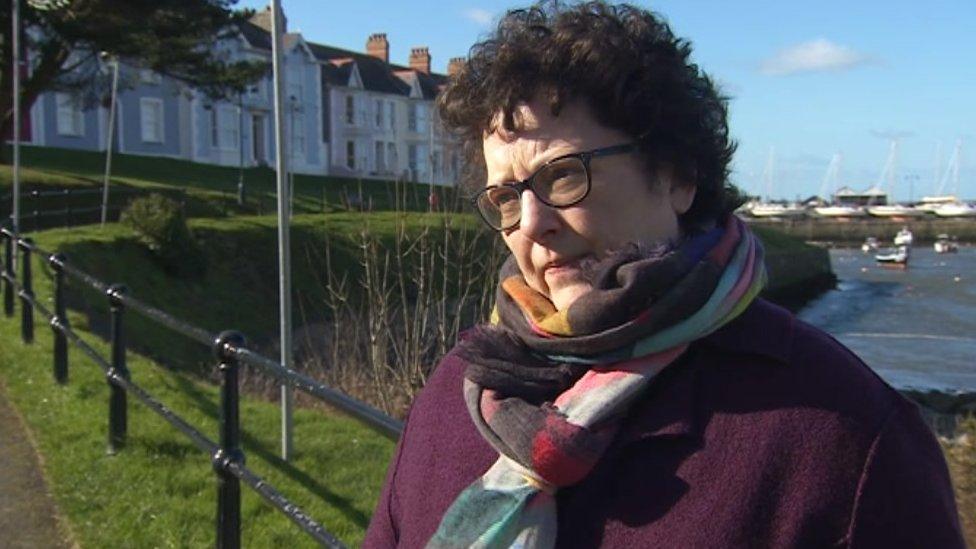
Plaid Cymru AM Elin Jones said there was a way of building the new development and safeguarding the town's heritage
Cardigan Mayor Shan Williams said there was strong feeling in the town about the safeguarding of the building.
"So many deals are done behind closed doors when the public never get a chance to voice their opinion," she said.
"There's no point complaining once it's done and dusted. If you want to make a difference you need to make your voice heard against plans to bulldoze the heritage and history of Cardigan."
She added the building would be best used as a community hospital to stop bed blocking and allow people to be cared for nearer home.
Gareth Thomas, of Wales and West Housing, said: "We don't have any detailed plans to show, but by holding an open event we want to give local people the chance to come along and have a chat.
"We'd like to hear their ideas for the site and give us feedback."
- Published16 May 2019
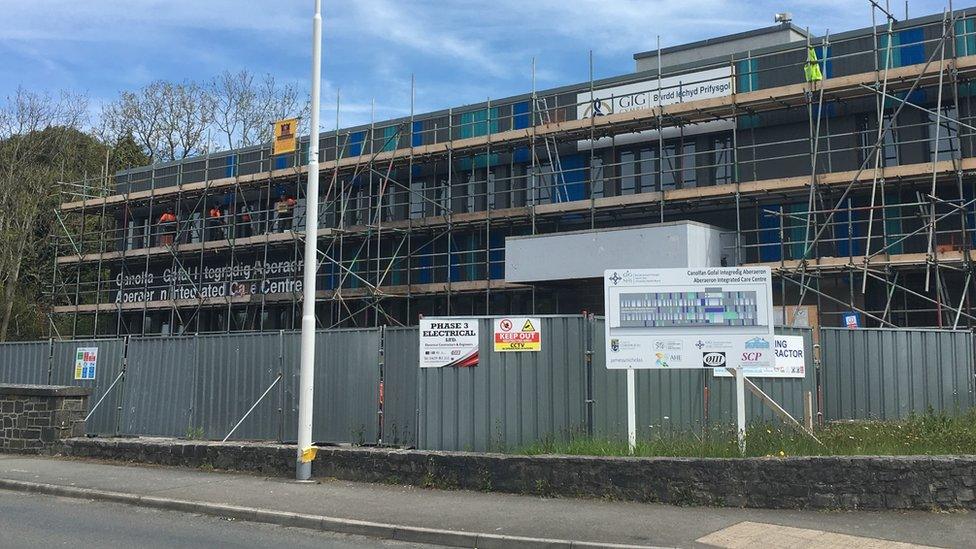
- Published7 May 2018
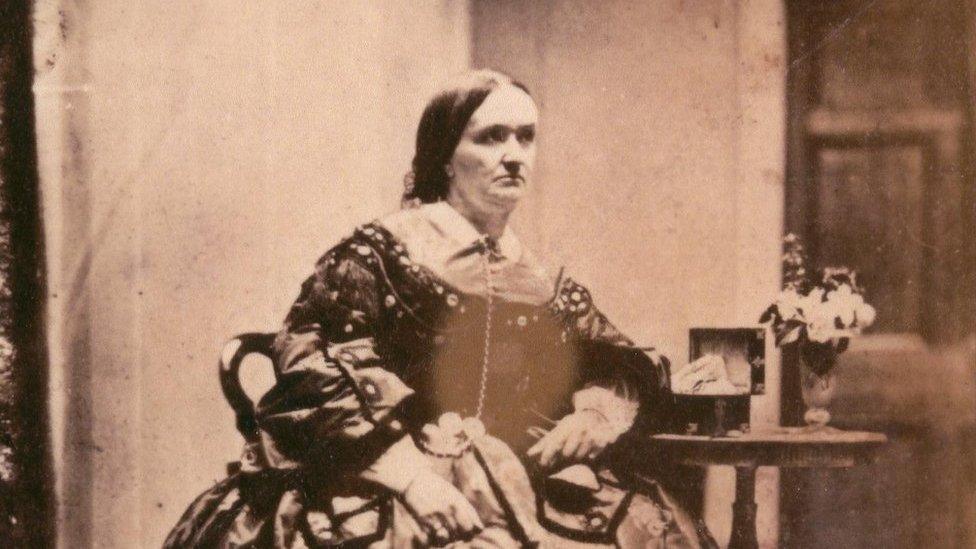
- Published7 March 2018
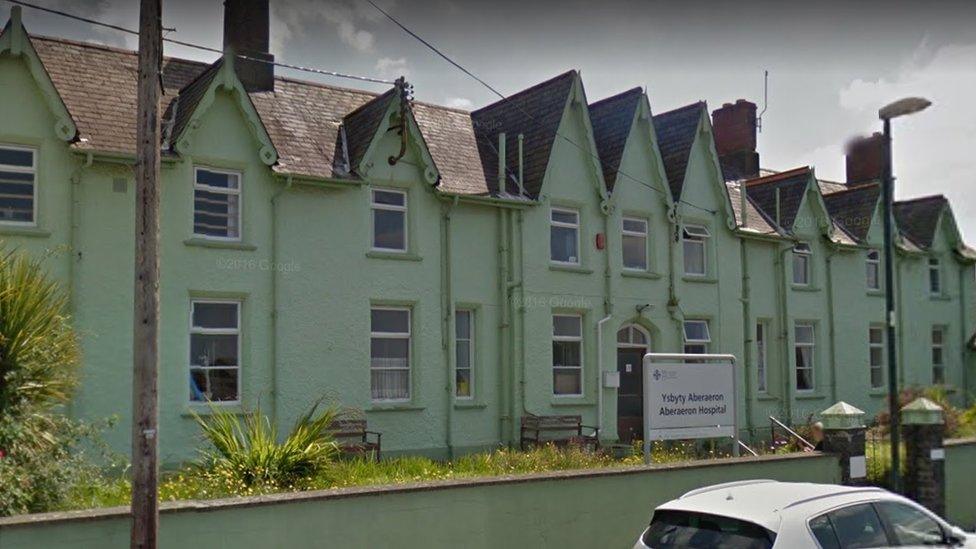
- Published23 June 2015
